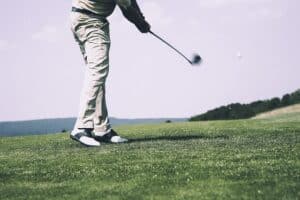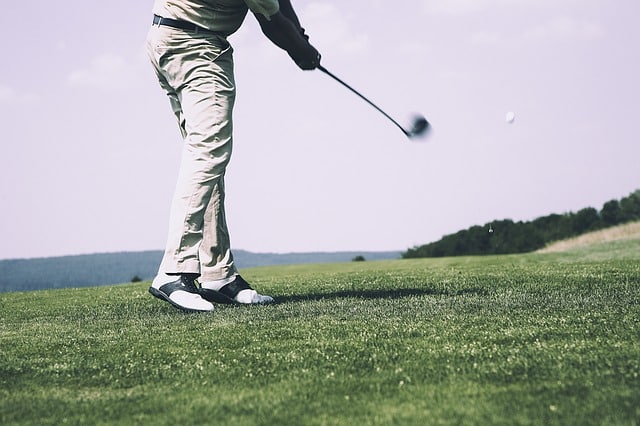
What is Golfer’s Elbow?
This type of tendonitis affects the tendon where the muscles of the forearm connect to the bone. Like tennis elbow, this condition results from overuse and repetitively making the same motion with the arm. With that, we should mention that it’s possible to have golfer’s elbow even if you’ve never swung a club. It all comes down to some type of repetition that irritations the bony protrusion at the outside of the inner elbow. When you look at the bend in your elbow, this protrusion is to the left. Golfer’s elbow can be very painful. Fortunately, it can be treated relatively easily.
What are the Symptoms of Golfer’s Elbow?
The most common sign of this type of elbow tendonitis is pain at the inner part of the elbow. This pain may radiate down into the forearm or even down to the hand. It is not uncommon for a person with golfer’s elbow to experience weakness in the arm or hand, stiffness around the elbow, tingling, or numbness. These symptoms may build gradually or may come on suddenly and acutely. It may be painful or difficult to make a fist and to grasp objects. While pain is common, significant stiffness and swelling are not. If these symptoms occur and a fever develops, a more serious problem may be occurring and a prompt medical evaluation should be arranged.
Treating Golfer’s Elbow at Home
If you are exhibiting signs of golfer’s elbow, your first course of action will need to be that you stay off the course for some time. Over-the-counter anti-inflammatory medication like ibuprofen can be taken as directed for pain and stiffness. You may also apply an ice pack to the area of pain for short periods of time; 10 to 15 minutes every few hours, to mitigate pain. If these tactics do not help improve comfort and mobility after about a week, schedule a consultation with an orthopedic specialist. Don’t worry! We’ll let you know right now that surgery is rarely the solution for golfer’s elbow.
How Does a Doctor Treat Golfer’s Elbow?
If you visit Orthopedic Associates of Long Island, you can expect your doctor to ask questions about your injury, daily activities, and medical history. A thorough examination of the elbow, arm, and hand will be conducted, and the doctor may order x-rays to make sure that all of the bones in and around the joint are intact. The information that you provide to your doctor is paramount to reaching an accurate diagnosis and treatment plan for your symptoms. Remember, we call it golfer’s elbow but elbow tendonitis may be caused or exacerbated by several factors, including your type of work, your workout routine, and more.
Most often, doctors recommend rest, ice, medication, and gentle exercise to reduce inflammation and restore optimal function to the elbow and arm. Exercises may be done with the help of a formal physical therapy program and may focus on strengthening the forearm and also improving flexibility. In addition to helping rehabilitate the elbow, physical therapy can also decrease the risk of future tendonitis by improving posture and functional movement.
If your signs of golfer’s elbow aren’t improving, seek further information to find out why. Contact Orthopedic Associates of Long Island at 631.689.6698 to schedule a visit to a location near you.
